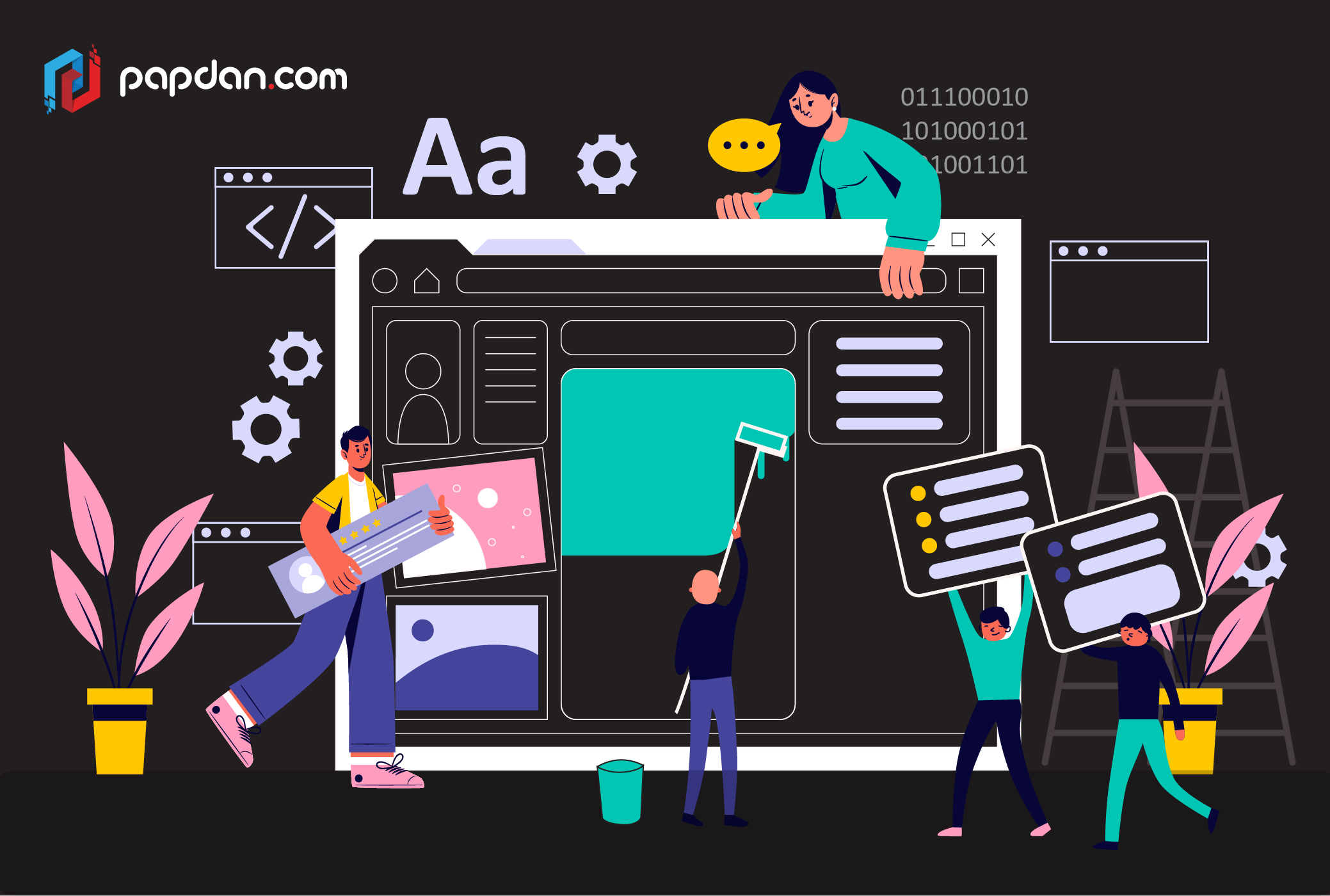Since 2019 until recently, the dark mode design is trending in both web and mobile application design. Who start it? We have no idea. For web developers, like us it is not a fresh thing. For years (if you notice) we already code on dark background. It is not only look cool but also more comfortable to stare at for longer period of time. For regular users, dark mode offers a simpler and at the same time catchy interface than the previous, common white version everybody was used to.
Before applying dark mode for website or apps, there are few things to remember. The first thing to notice is the effect of white text on dark background. White text on a dark background looks and fell bolder than the black text on a white background. This is why UI experts don’t use at all or almost at all the pure white for text. Instead they use shades of white. When using a shade of white — they should be careful enough to make the difference, and look clear in all modes, including the situation when you are turning on the night mode over the dark mode for reading in both mobile or web applications.
Like we mentioned before, the purpose of using a dark theme interface is the same as for coding — it doesn’t hurt your eyes as much as it would if you use the classic white theme. So, beside it looks slick and modern, it also affects time people spend on screen. Dark theme proven to have a better impact on a longstanding user that is planning to read or to view a lot of content.
Since the dark mode is so popular among web designers and users, it is important to underline the facts that lead to this, and what impact has the dark interface to the entire web design. The dark mode itself refers more to the color changes in web design and mobile design. But if we look closer, it’s not only about the color, but as well, it impacts the entire experience the user has while on it, and as well, on how other users see the one using a dark mode.
We concluded that dark mode provides the much-expected change the users needed and it also grant visual comfort for users, which transformed it into a web and mobile design trend.


